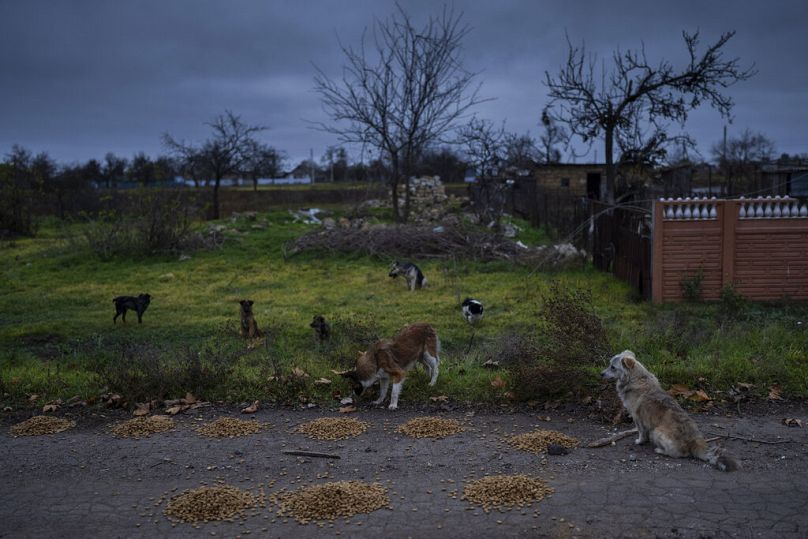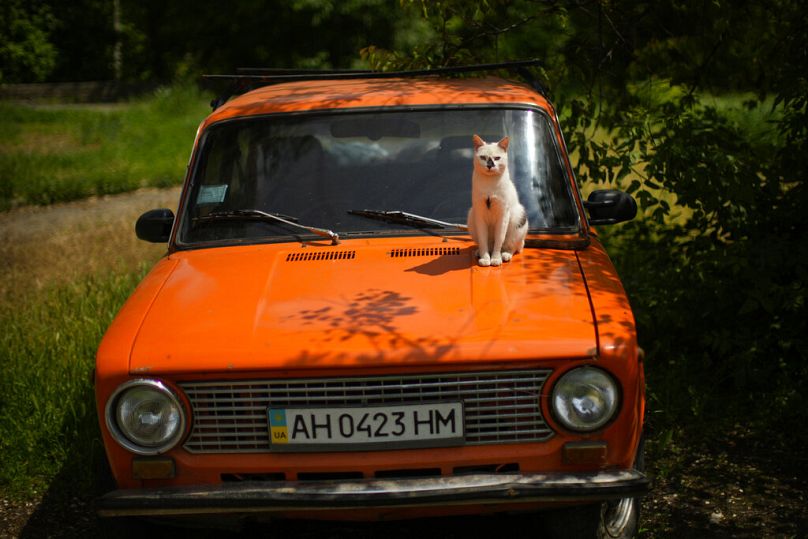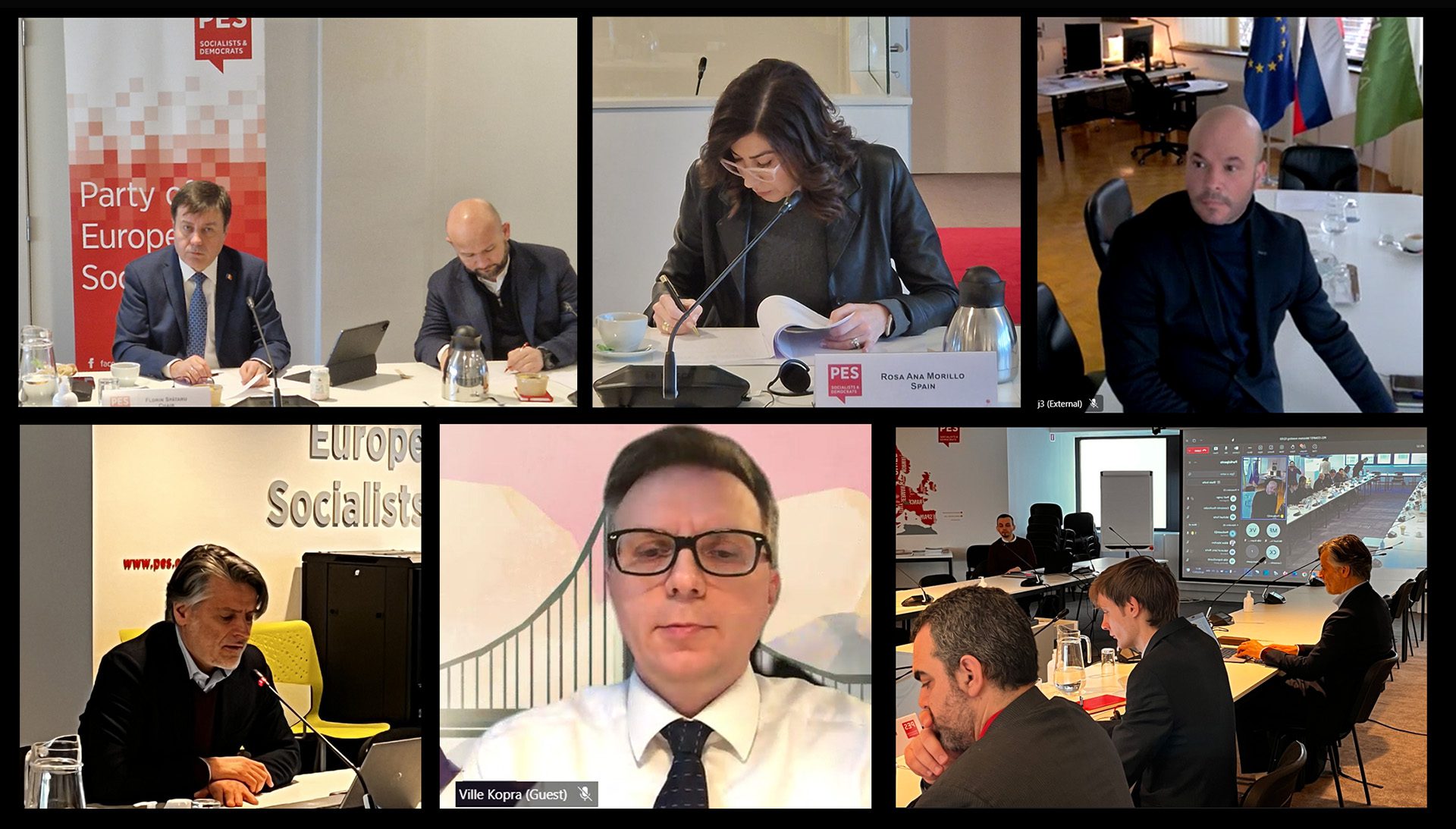Small differences in mom’s behavior may show up in child’s epigenome
PULLMAN, Wash. – Adding evidence to the importance of early development, a new study links neutral maternal behavior toward infants with an epigenetic change in children related to stress response.
Epigenetics are molecular processes independent of DNA that influence gene behavior. In this study, researchers found that neutral or awkward behavior of mothers with their babies at 12 months correlated with an epigenetic change called methylation, or the addition of methane and carbon molecules, on a gene called NR3C1 when the children were 7 years old. This gene has been associated with regulating the body’s response to stress.
“There is evidence of a relationship between the quality of maternal-infant interaction and methylation of this gene though these are small effects in response to a relatively small variation in interaction,” said Elizabeth Holdsworth, a Washington State University biological anthropologist and lead author of the study published in the American Journal of Human Biology.
Other studies have connected extreme stress in early life, like neglect and abuse, to more dramatic methylation on this particular gene in adults. However, Holdsworth emphasized that the small difference indicated by this study may be an indication of normal human variation and it’s hard to determine if there are any long-term effects.
For this study, Holdsworth and her co-authors analyzed a subsample of 114 mother-infant pairs from the Avon Longitudinal Study of Parents and Children, a project that tracks a cohort of children born in 1991 and 1992 in Avon, UK.
The researchers first analyzed data from an observational study of the mothers sharing a picture book with their children at 12 months, in which their interactions were coded on warmth. The study focused on mothers because they are often infants’ primary caregivers. The vast majority of the women in this sample were white, college-educated and from middle-income households. The range of warmth they displayed only varied slightly with the “coldest” behavior classified as awkward or neutral, but this is exactly what the researchers hoped to test: that if even small differences in social interaction could be linked to an epigenetic change.
The observed behavior was then compared against data from an epigenetic analysis of the children’s blood samples taken at age seven. The researchers found that the mothers showing awkward or neutral behavior toward their infant correlated with a small increase of methylation on the NR3C1 gene. This gene encodes a receptor involved in the regulation of the HPA axis -- the interaction between the body’s hypothalamus, pituitary and adrenal glands. This axis plays a role in stress response, including production of the body’s primary “stress” hormone, cortisol.
The HPA axis can be activated by almost anything that requires a quick release of energy from reacting to a real threat to watching a scary movie to simply exercising. The NR3C1 gene is known to be involved in activating this axis, but more research is needed to understand how methylation of that gene is associated with stress response, Holdsworth said, as some studies have shown increased methylation linked to hypo-reactivity, or blunted response while others have shown hyper-reactivity.
Researchers are working to uncover how these changes happen, particularly during infancy when the body is developing rapidly – as well as what they might mean.
“Within developmental biology, we know humans grow to fit the environment that they’re in, which contributes to normal human biological variation. It’s not necessarily good or bad,” she said.
In addition to Holdsworth, co-authors on this study include Lawrence Schell and Allison Appleton from University at Albany, State University of New York. This research received support from the Biotechnology and Biological Sciences Research Council, the National Institutes of Health, the National Science Foundation and the Wellcome Trust.
JOURNAL
American Journal of Human Biology
ARTICLE TITLE
Maternal–infant interaction quality is associated with child NR3C1 CpG site methylation at 7 years of age







